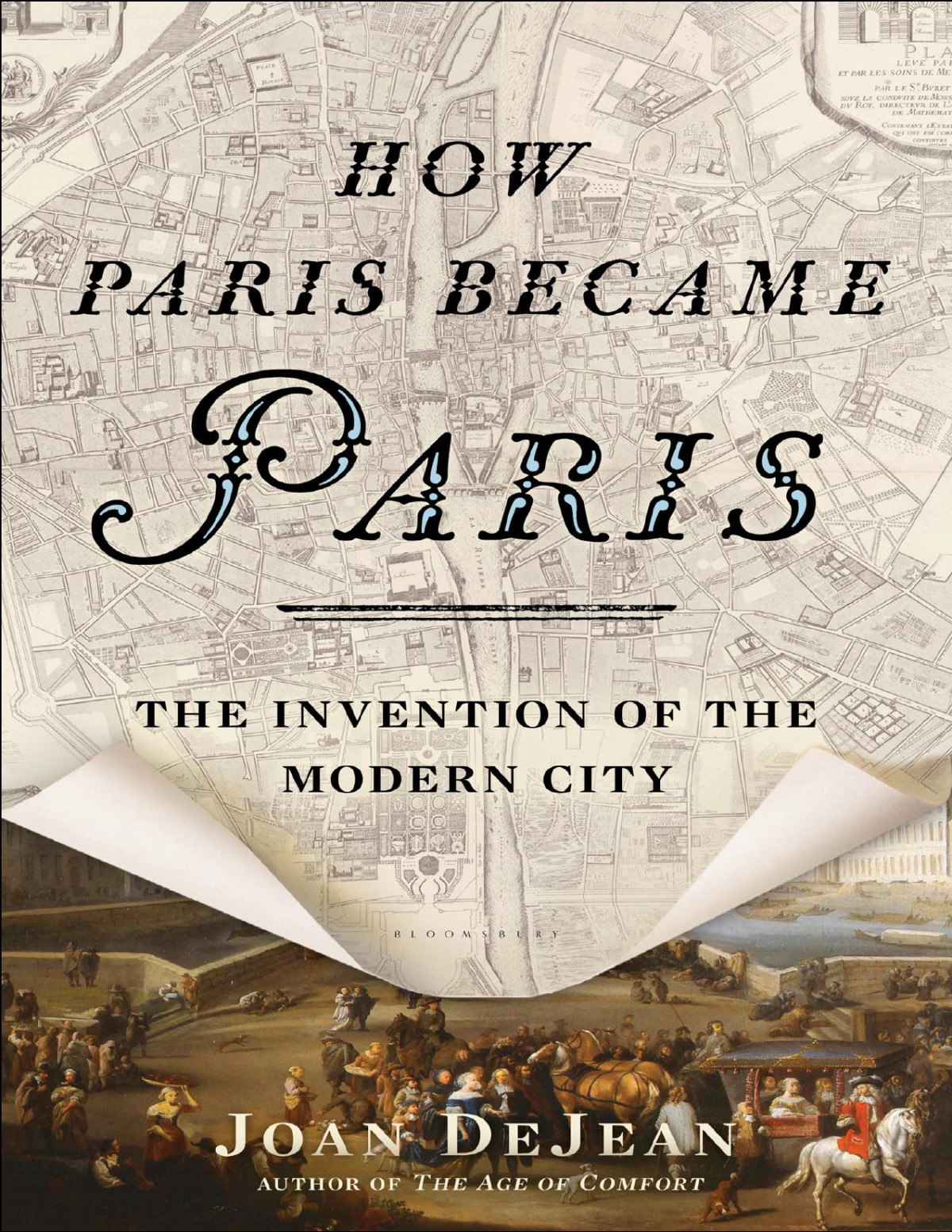

Most ebook files are in PDF format, so you can easily read them using various software such as Foxit Reader or directly on the Google Chrome browser.
Some ebook files are released by publishers in other formats such as .awz, .mobi, .epub, .fb2, etc. You may need to install specific software to read these formats on mobile/PC, such as Calibre.
Please read the tutorial at this link: https://ebookbell.com/faq
We offer FREE conversion to the popular formats you request; however, this may take some time. Therefore, right after payment, please email us, and we will try to provide the service as quickly as possible.
For some exceptional file formats or broken links (if any), please refrain from opening any disputes. Instead, email us first, and we will try to assist within a maximum of 6 hours.
EbookBell Team

5.0
90 reviewsAt the start of the seventeenth century, Paris was known for a few monuments, but it had not yet put its brand on urban space. Like many European cities, it was still emerging from its medieval past. But within a century, Paris would be transformed into the modern and mythic city we now know.
Most people associate the signature characteristics of Paris with the nineteenth century. Joan DeJean demonstrates that the Parisian model for urban space was in fact invented two centuries earlier, when the first full design for the French capital was implemented. During this period, Paris saw many changes: It became the first city to tear down its fortifications. A large-scale urban plan was created and executed, with organized streets and boulevards, modern bridges, sidewalks, and public parks. Venues opened for urban entertainment, from opera and ballet to another pastime invented in Paris, recreational shopping. Parisians enjoyed earliest public transportation and street lighting, and Paris became Europe's first great walking city.
A century of planned development made Paris both beautiful and exciting. It gave people reasons to be out in public as never before and as nowhere else. And it gave Paris its modern identity as a place that people dreamed of seeing. By 1700, Paris had become the capital that would revolutionize our conception of the city and of urban life.